 Negative Exposure Compensation of -0.3 EV. © Scott Thomas Photography 2007 Nikon D70/18-200VR, 1/125s, f5.6, 200 ISO |
 Positive Exposure Compensation of +0.3 EV. © Scott Thomas Photography 2007 Nikon D70/18-200VR, 1/50s, f5.6, 200 ISO |
|---|
Exposure Compensation allows you to adjust the exposure measured by the camera’s light meter and telling the camera to allow more light in (positive exposure compensation) or less light in (negative exposure compensation). On your digital SLR camera, look for a +/- button to press to adjust exposure compensation. By making it negative, zero or postive in 1/3 (0.3) or 1/2 (0.5) intervals, you “dial” in the exposure for the photograph. As you change the exposure compensation, your camera will change it’s shutter speed or aperture. Sometimes, even both, as you alter how the camera’s light meter is “seeing” the subject you are pointing at.
In the two photos of the Research Station camp taken on the Pangani Forest Exploration Trail in Disney’s Animal Kingdom, the one on the left has a -0.3 EV (EV is the standard way of indicating exposure compensation) giving a rich color to the green foliage and detail in the rock face. The shutter speed of 1/125s freezes the waterfall. The photo on the right has a +0.3 EV, see how the contrast is heightened and some of the objects near the front of the tent get “blown out”, which means the loss of detail, as the shutter speed decreased to 1/50s. Some of the shadowy areas now have details and the waterfall has a whispy look. The rule of thumb is to expose for the highlights, the brightest part of the scene, which is what I did in the photo on the left.
How do you know which exposure is best? You don’t really, you pick the one you like the best. For me, I try not to get any blown out areas in my photos. This is not always possible. I hedge my bets by bracketing the exposures. Bracketing is taking one photo each at a negative compensation, a zero compensation and a postive compensation. Most digital cameras today can be set to auto-bracket and take a series of 3 to 5 photographs in a single shutter release.
Quick Tip: Do you know how much exposure compensation range your camera has? My Nikon D70 can go plus(+) or minus(-) up to 5 stops in 1/3 or 1/2 intervals. Don’t be afraid to go as high or low as you need to capture the photograph.




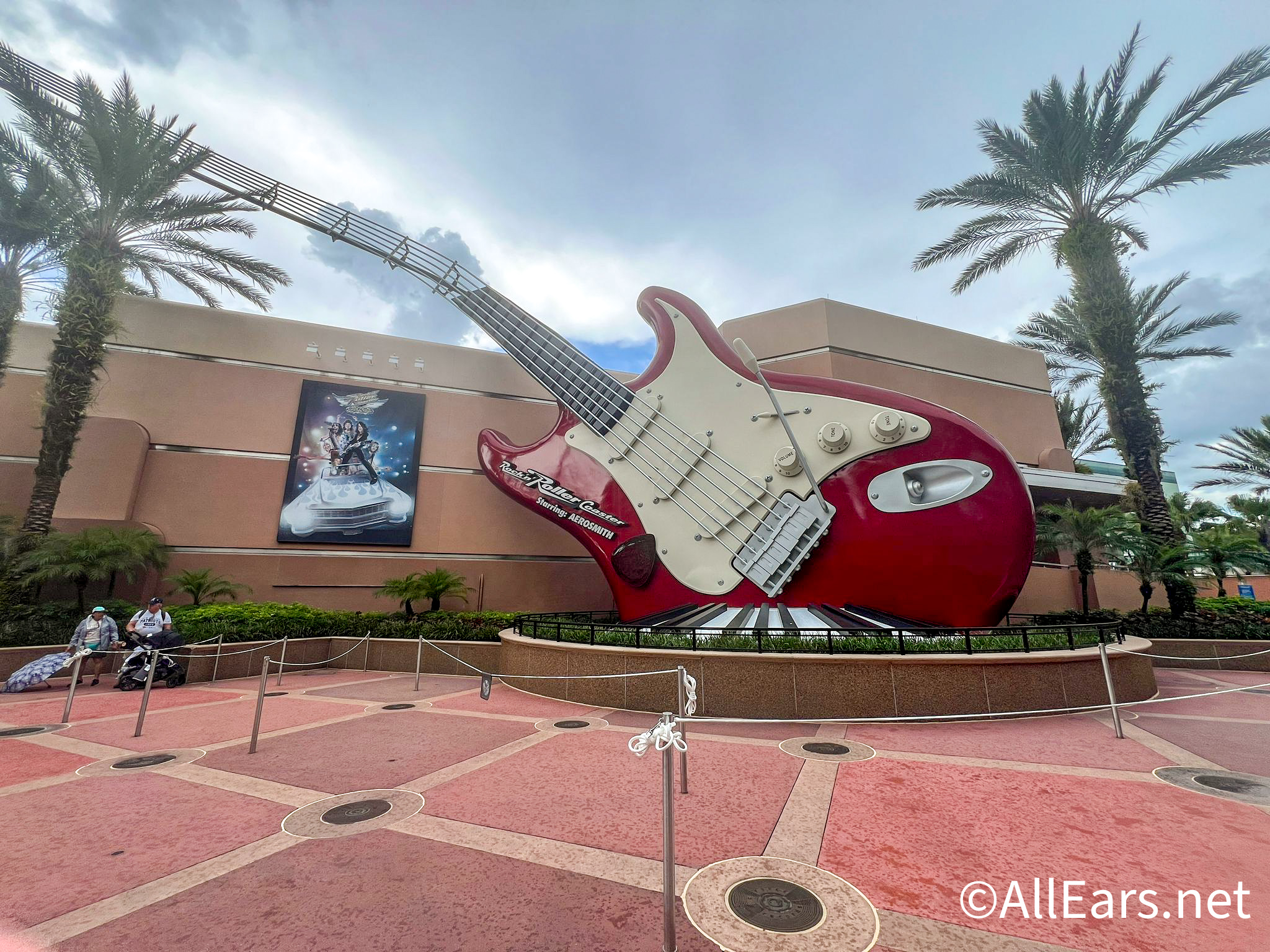

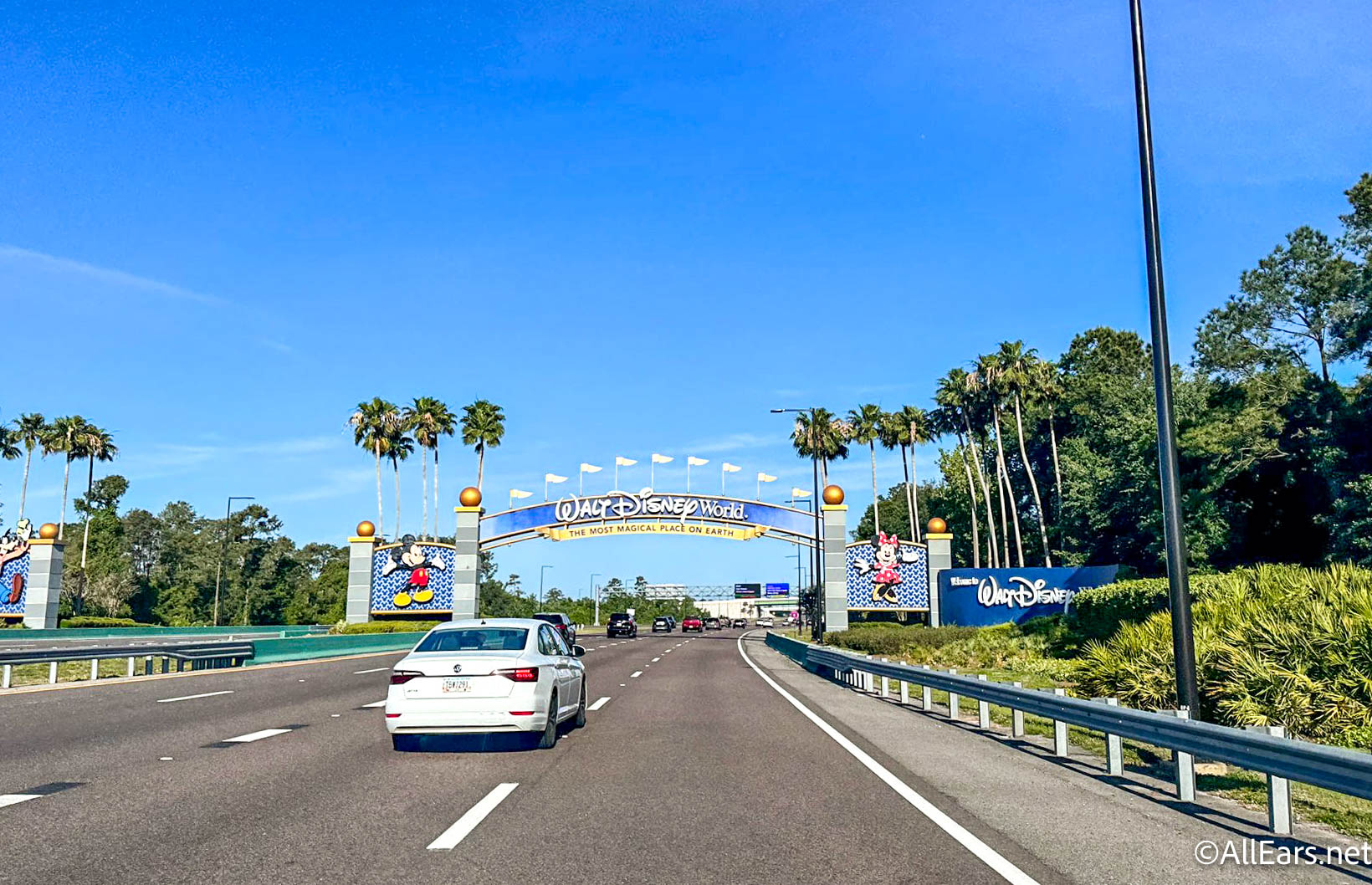
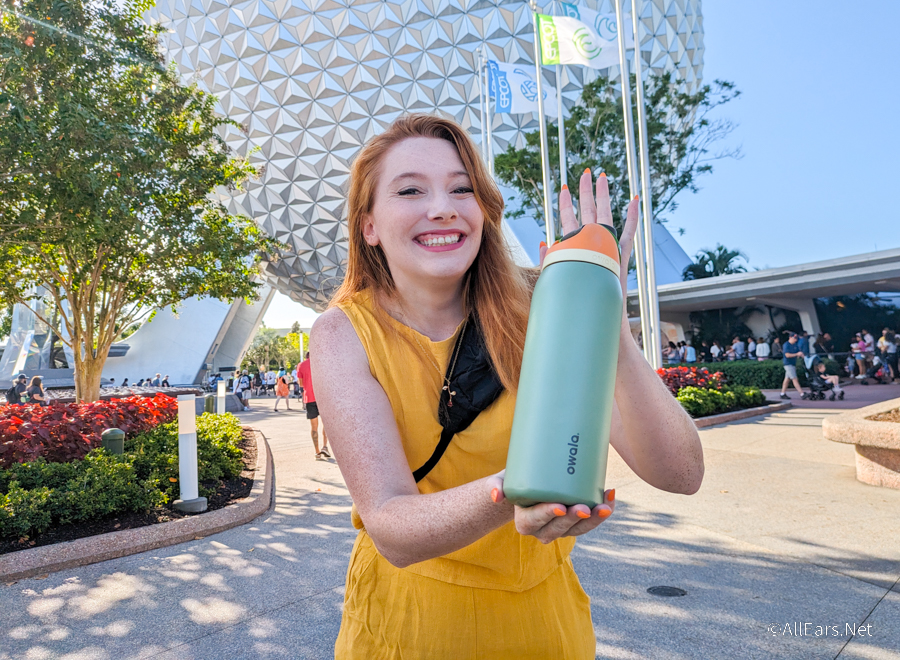

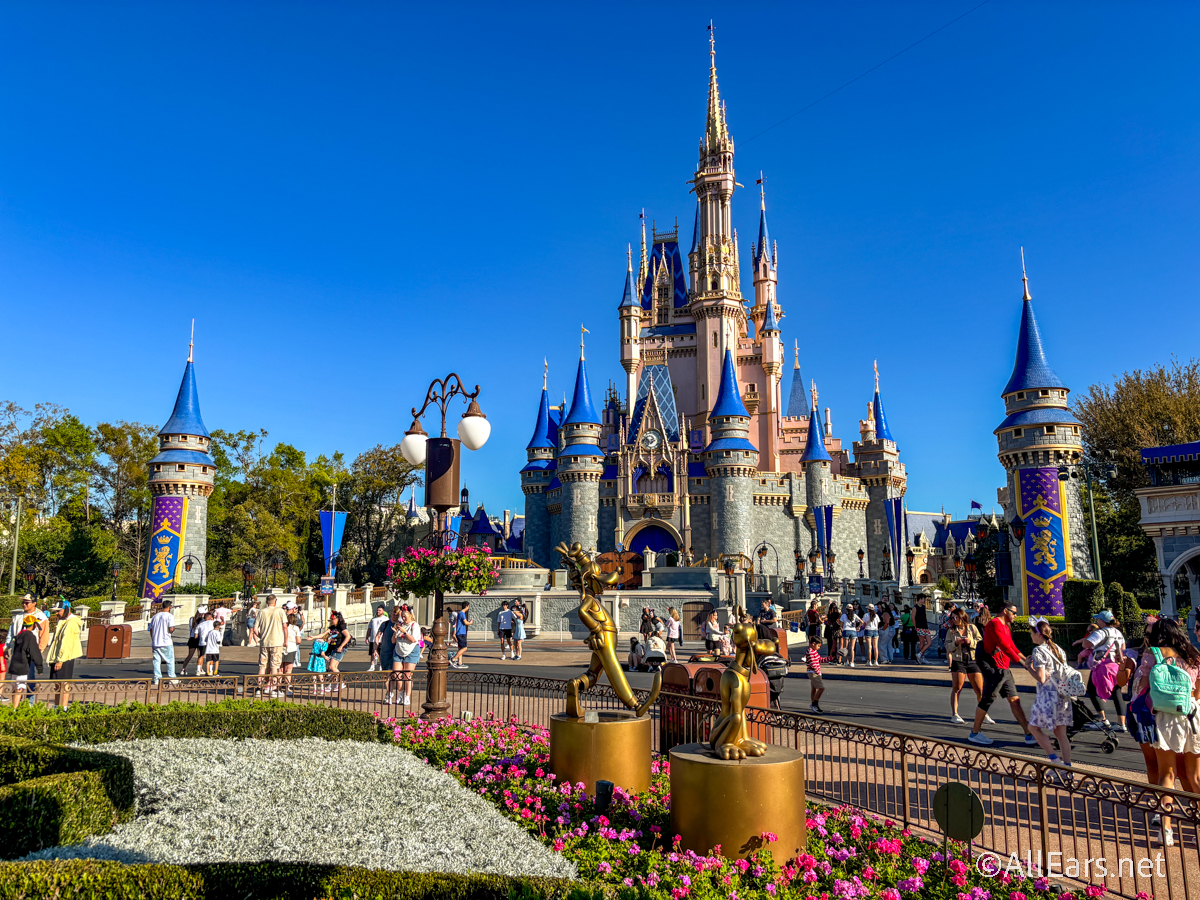



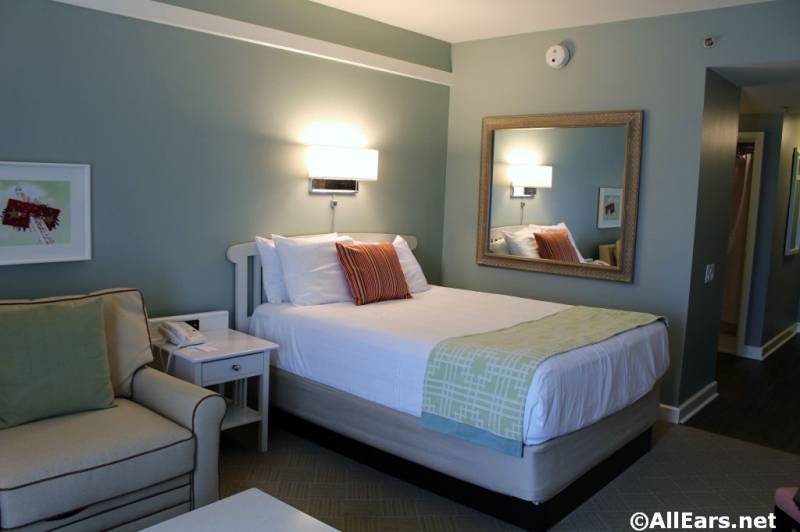



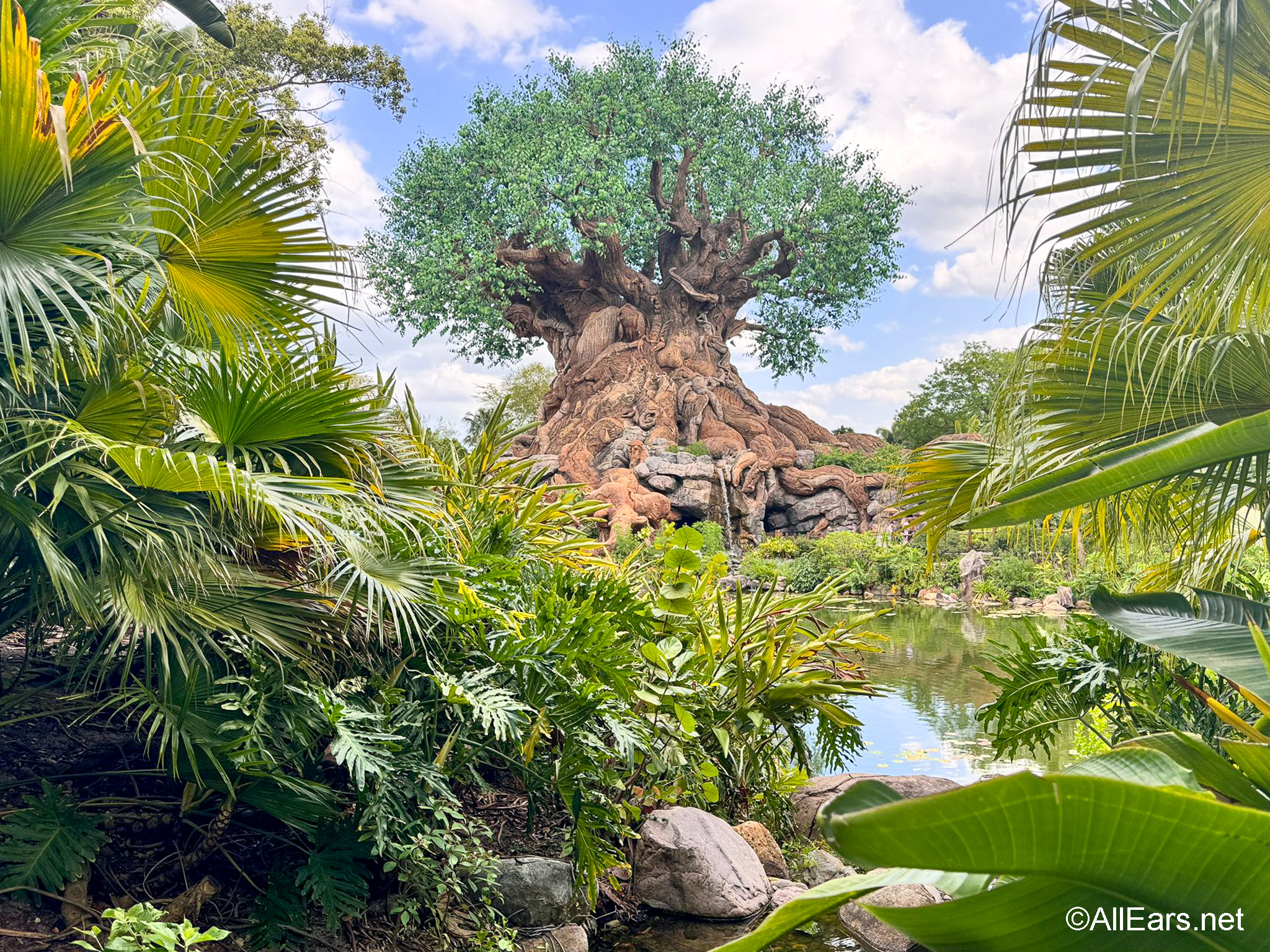

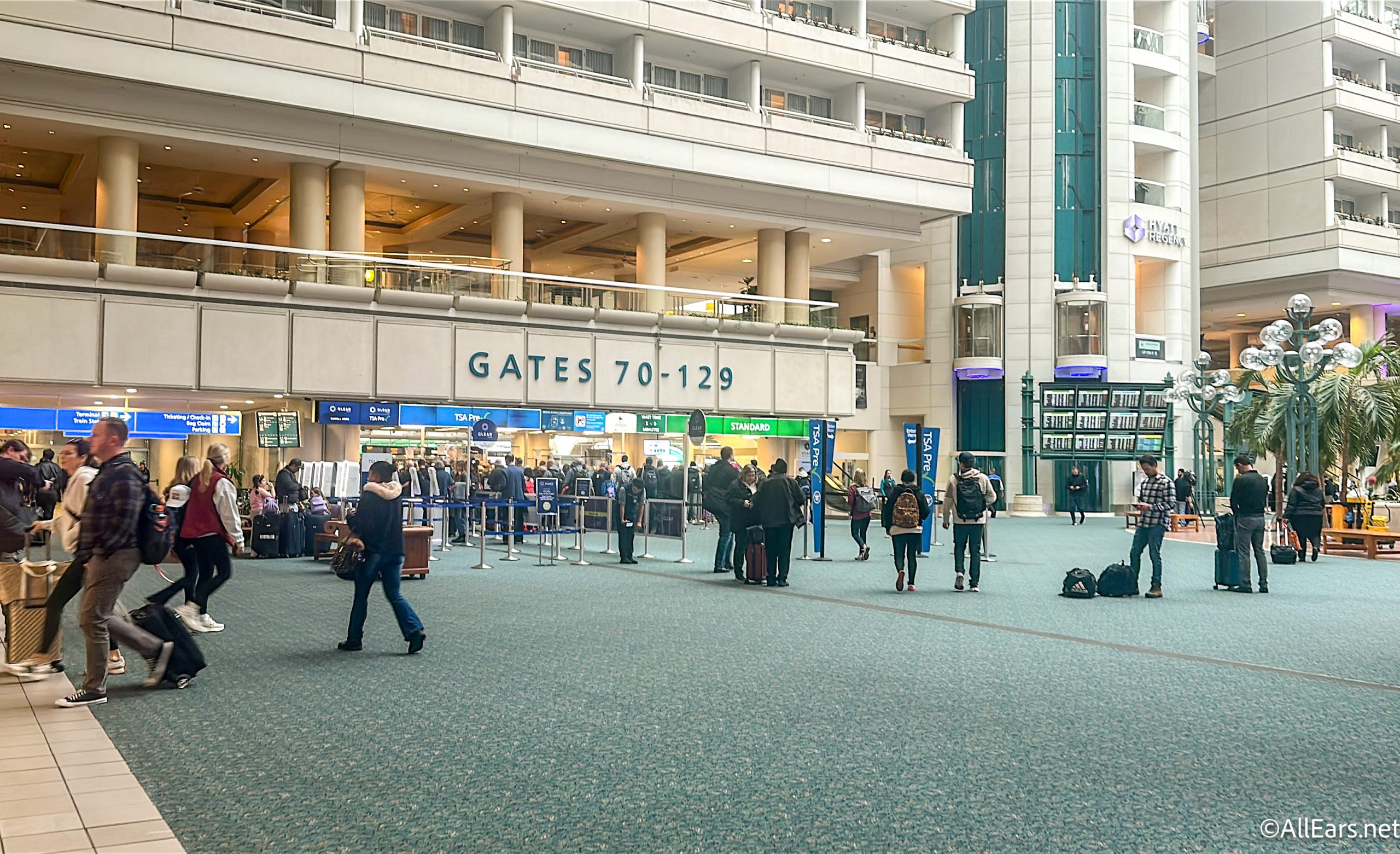



Trending Now
We asked our resident Disney adults which ride at Hollywood Studios they would rope drop...
Amazon is clearing out the Disney vault!
Why isn't Disney getting more specific about a soon-to-be-changed ride?
Amazon has Loungeflys on sale as part of Prime Day!
Let's breakdown the major changes coming to Disney World this Fall 2025.
We found the best Disney essentials you can get on sale on Amazon right now!
We're sharing our absolute favorite Disney finds that are on sale right now!
This big celebrity recently went to all four parks at Disney World!
Amazon Prime Day is giving us amazing deals on Oura Ring accessories!
Let's have a chat about an Oura Ring that Disney Adults just can’t seem to...
EPCOT's latest ride reopening could prove chaotic for land hopping.
Disney's Boardwalk Villas got a scathing review recently that could indicate some issues with a...
For a limited time, you can find some AMAZING Amazon Prime Day deals online.If you...
Everyone say hello to Whimsy!
The official dates have just been announced for the Festival of the Holidays at EPCOT!
Let’s be real: Disney World is basically a maze of vibes, snacks, and tiny details...
Fans are BEGGING Disney to bring back this classic ride, but the wait isn't likely...
If you are flying home from Disney World with these souvenirs, be extra kind to...
New Disney+ perks have arrived!
Amazon is running a massive sale right now and we've spotted some of our favorite...